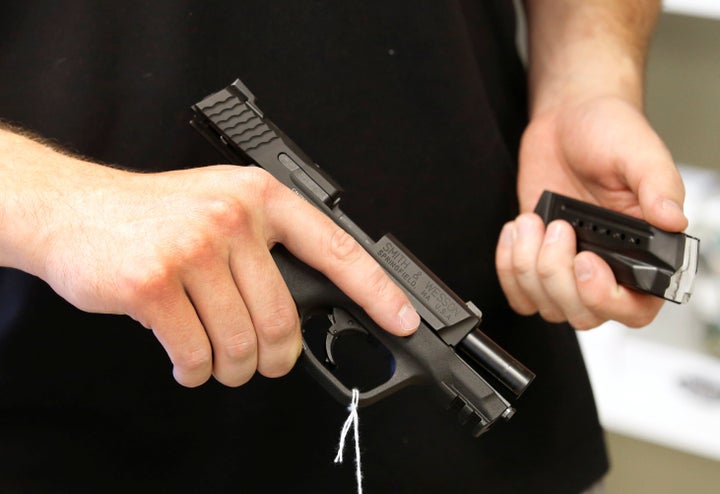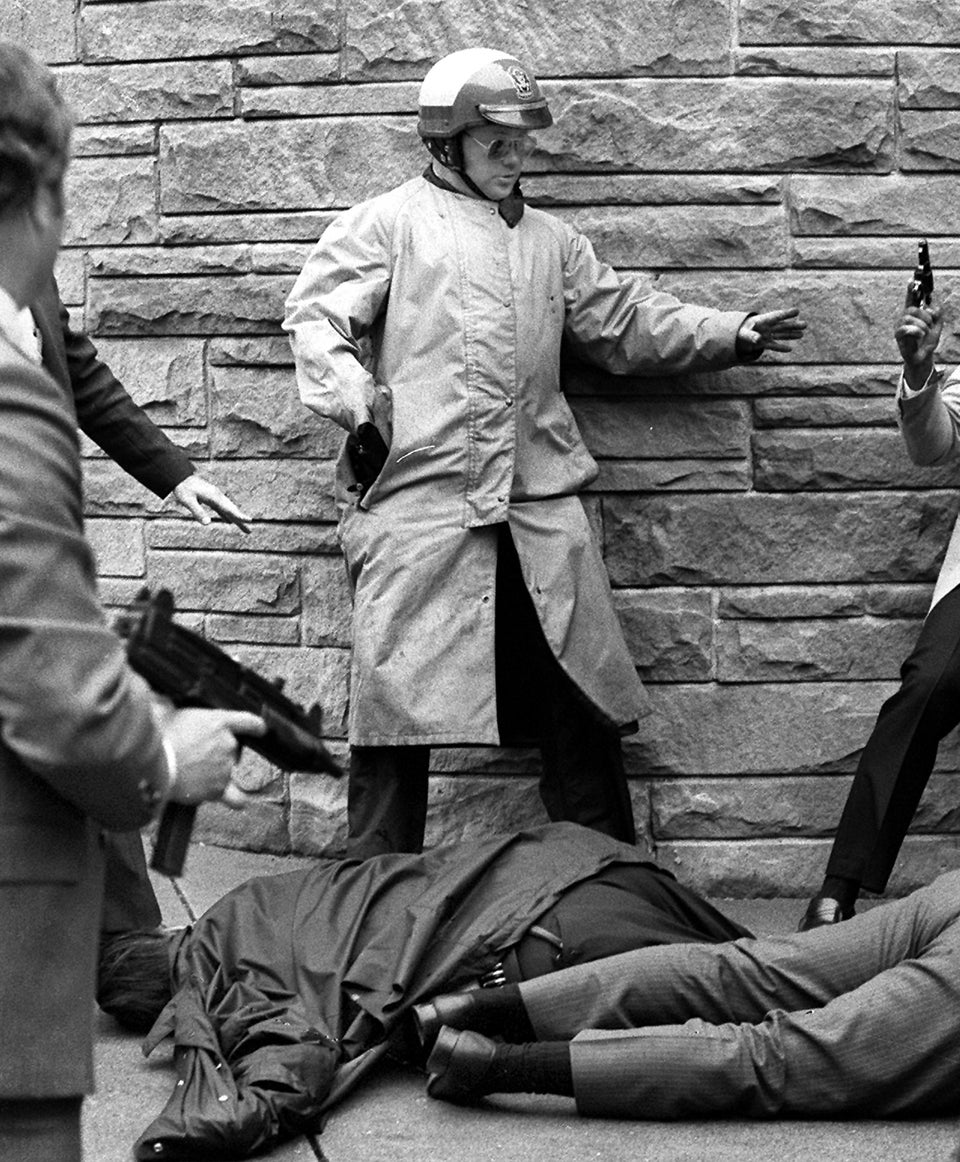
Our good friends at the Center for American Progress (CAP) have published a new study on the link between gun laws and gun violence which is a ‘must-read’ for everyone who is concerned about reducing gun violence. Which means that nobody in Gun-nut Nation needs to read this report because Gun-nut Nation doesn’t believe that we need to regulate guns at all. But notwithstanding the dwindling Trump supporters, for those who support the concept of reasonable discourse based on at least some attention to facts, the CAP report is a significant effort to figure out (I’m now quoting the report) “whether strong gun laws are effective at reducing gun violence.”
What makes this report so important is not the fact that the authors attempt to answer the problem stated above about the effects of strong gun laws on rates of gun violence, but for the first time we have an attempt to connect the effect of gun laws to the totality of gun violence based on data covering 10 different categories of gun violence recorded in every, single state. This is not the first time that scholars have attempted to link gun violence to the legal environment, the CAP study references the work of my good buddy Eric Fleegler and his colleagues, who found a clear link between gun laws and firearm-related deaths in a 2013 article which you can download here.
But there are two important differences between the Fleegler research and what CAP has now produced: first, the 2013 study only defined gun violence by combining state-level homicide and suicide rates, the CAP study breaks down gun violence into 10 separate categories covering every type of incident where the use of a gun creates physical harm; second, Fleegler’s group analyzed state-level gun law environments using the Brady Center-Law Center reports from 2012, and it was after 2012 (following Sandy Hook) that many states changed their gun laws, in most cases making the legal environment less restrictive in terms of access to guns. So what we get from this CAP report is not only an updated analysis of the relative strength (and weakness) of gun regulations on a state-by-state basis, we also get a much deeper analysis of the different ways in which gun violence occurs.
And what is the result? Same-old, same-old, namely, states with stronger gun laws suffer less gun violence, states with weaker gun laws suffer more. Gee, what a surprise! But don’t take my cynicism as in way a criticism of the CAP report. Because if you break gun violence down into its component parts, this at least gives you some leverage in trying to figure out not just whether gun laws work to reduce gun violence, but what kind of new gun laws might be implemented or current laws strengthened to address this issue in states where gun violence rates are simply out of control.
Montana is one of those mountain states which has a very high gun-suicide rate but very few gun homicides. It ranks 9th overall for gun violence, but 3rd for gun suicides and only 36th for gun homicides, which puts it below Massachusetts for gun homicides even though Massachusetts ranks dead last for gun violence overall.
But guess what? Montana goes back up to 16th for IPV female homicides, so gun violence in Montana isn’t just driven by suicides, it’s also a very deadly place for women involved in domestic disputes. Which means that a safe storage law in Montana might have an effect on suicides, but you can be sure that a law which allowed cops to pull guns away from people engaged in domestics would save some lives in the Big Sky State.
By breaking down gun violence into its component parts, the CAP report gives us a realistic view of what gun violence numbers really mean. Which makes this report an inestimable resource for crafting proper laws. But isn’t that what we expect from CAP in the areas of their concern?

